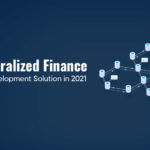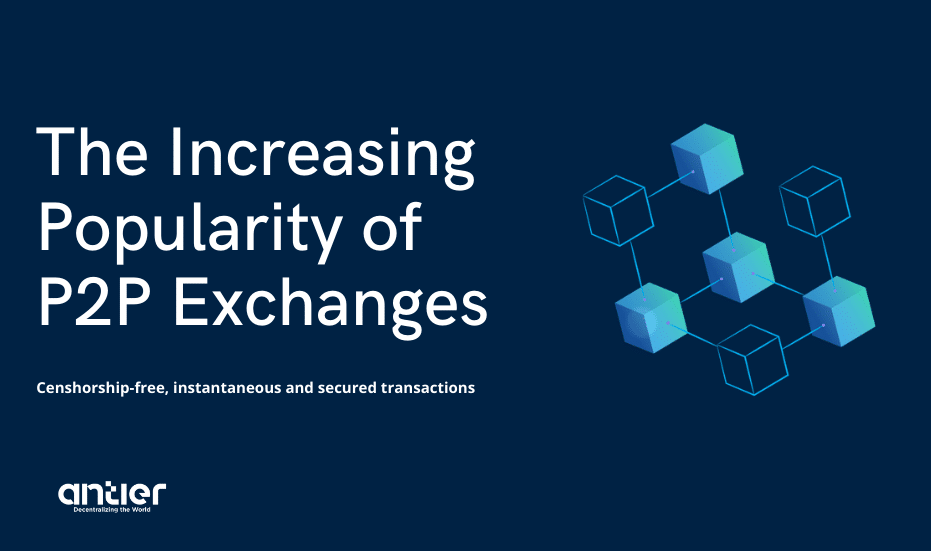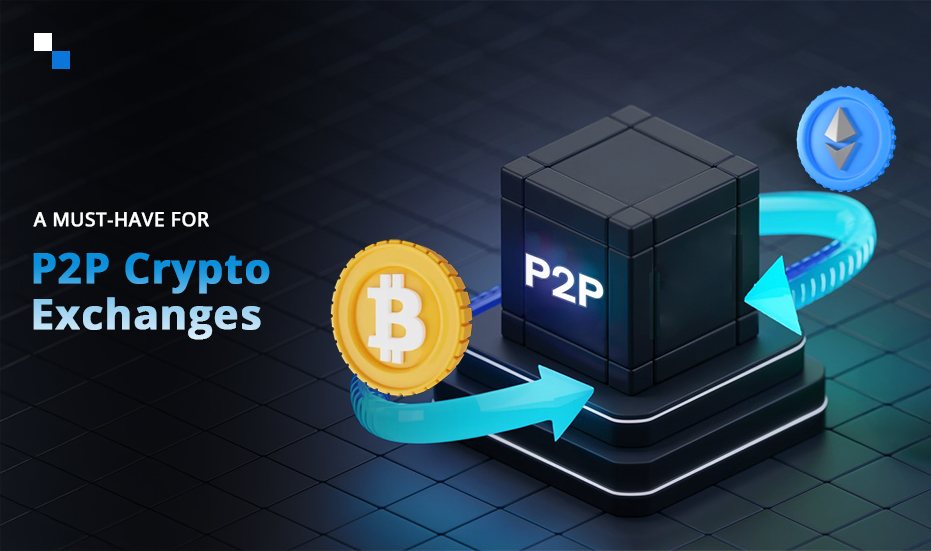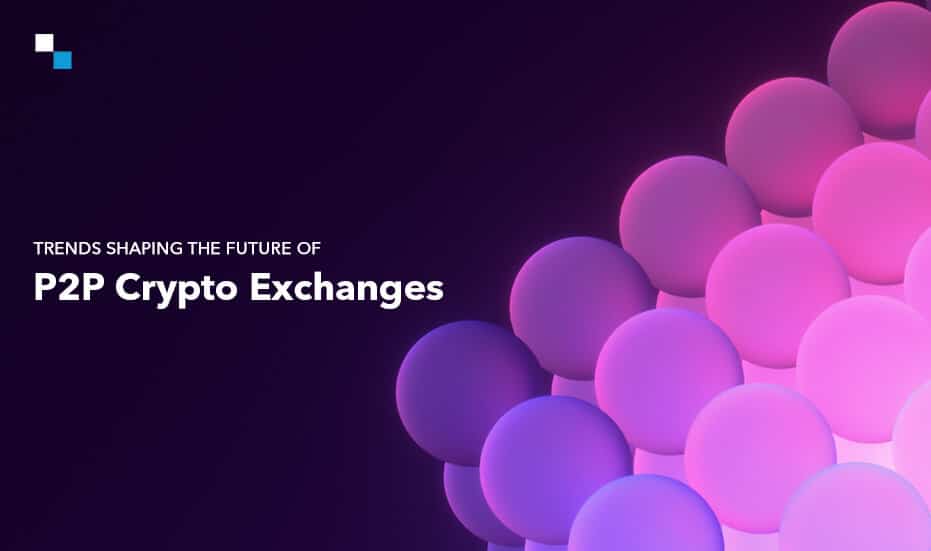
How to Create your own Crypto Bank
March 5, 2021
Decentralized Wallet development: Why is it gaining Popularity
March 11, 2021If not the first, Peer-to-peer (or P2P) is definitely one of the oldest methods to trade Bitcoin and altcoins. According to a report, two of the major P2P crypto exchanges in 2020 enjoyed a weekly trade volume of over $75 million. Going by the same report, the P2P markets are rapidly expanding into new regions. Interestingly, phenomenal growth is being seen in the frontier markets. While the regional P2P trading volume distribution is still primarily dominated by North America, a large share of total trading volume is seen from SubSaharan Africa and Latin America.
Why this shift?
There could be two potential reasons for this shift:
Not many centralized exchanges serve the frontier markets. As a result, the competition is weak and the P2P market is thriving.
The frontier regions are having higher amounts of remittances to be handled and they use P2P platforms for the same.
The above reasons explain the more P2P trade volumes being generated in frontier markets. However, why do we see over 35% trade volume coming in from North America?
Peer to Peer is more flexible
Buying bitcoin for traders living in developed and emerging countries is not a challenge. They can simply transfer their funds to centralized exchanges through banks and buy Bitcoin. However, due to challenges like KYC requirements, anonymity issues, and no support for unbanked traders, Bitcoin buyers are looking for an alternative platform. As P2P crypto exchanges are devoid of the above-mentioned challenges, they become the first choice for buyers.
Why prefer P2P crypto exchange development over a traditional crypto exchange?
Banking the unbanked
Most of the centralized exchanges offer fiat-onboarding now. That means the buyer can buy bitcoin by making bank transfers or using credit cards. Interestingly, many interested buyers out there are still not comfortable with the idea of disclosing their private information like bank account details to the centralized exchanges. This is where P2P crypto exchanges play a game-changing role. Many P2P exchanges offer crypto buy options using PayPal, gift cards, cash in-person, and many more.
Privacy Provision
In recent years, governments have imposed the requirement of KYC/AML regulation on centralized cryptocurrency exchanges. As a result, the users of centralized exchanges have to share personal details like social security numbers with the exchanges.
Interestingly, Peer-to-peer exchanges do not have to adhere to these regulations necessarily. The government does not impose these regulations on the P2P exchanges because it acts as a counterparty to the executed trade. Thus, the users of the platform do not need to provide too much information during the sign-ups.
Censorship resistance
In 2017, the world witnessed a major clampdown of centralized exchanges by government bodies. As a result, the centralized exchanges were forced to shut down. However, during these times, the government bodies could not censor the peer-to-peer exchanges. This is because the P2P exchanges can operate without being physically present in a particular geography. As a result, they cannot be censored.
Security
A P2P exchange does not hold users’ assets like a centralized exchange. It simply acts like a platform where the counterparties can connect, find the best deal, and transfer funds as per their desired mode. As a result, none of the involved parties is required to put their funds in the exchange’s wallets. This ensures the user’s funds remain in his control always.
Cost-Effective trades and operations
A centralized exchange acts as an intermediary. As a result, a trade over centralized exchange automatically involves higher trading fees. In the case of a P2P exchange, the platform uses an automated matching engine and allows the traders to determine the conditions of trade. As a result, the need for an intermediary is completely eliminated. Effectively, the operational cost and trading fees are far lower than the centralized exchanges.
Are there any downsides?
The P2P exchanges’ trading volumes continue to grow. However, we cannot ignore the fact that P2P exchanges are also facing growing pains. Some of these are social engineering attacks, scams when users buy/sell Bitcoin, data hacks, and more. However, the best P2P exchange development company can play a pivotal role to keep these issues in check for a P2P operation.
But some issues go beyond the ones mentioned above. These are:
· Lower Liquidity
If a P2P exchange fails to attract more users, the asset liquidity will be lowered. As a result, users will face challenges to liquidate their assets, even with the fasted matching engine.
· Longer trade times
This is a direct result of lower liquidity. If the liquidity pool does not have the counterparty matches, the P2P trade will have to wait till a match comes to the pool.
As a result, professional traders avoid engaging in a P2P trade. That is why P2P exchange development is not only a technical task, but it requires the right balance of strategy to engage the platform users.
At Antier Solutions, our seasoned experts provide customized P2P crypto exchange development services. We provide a white label P2P crypto exchange solution, and at the same time, we can build a custom crypto exchange from the ground up.
Schedule a free demo of our white label P2P crypto exchange or connect with our subject matter experts to share your needs for a custom exchange built from scratch.



